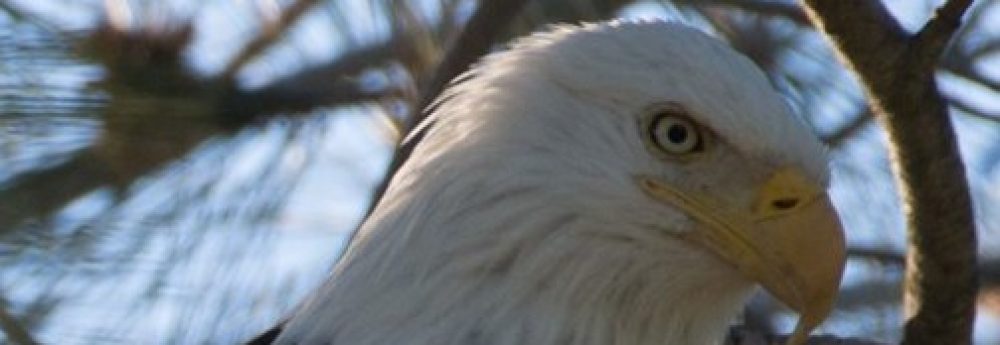There is a report that a Chinese fighter nearly collided with a U.S. Surveillance Plane last week.
“The department is reviewing a report from U.S. [Pacific Command] regarding a Sept. 15 intercept of a U.S. RC-135 by two JH-7 aircraft from the People’s Republic of China,” Pentagon spokesman Cmdr. Bill Urban told USNI News on Tuesday.
“One of the maneuvers conducted by a PRC aircraft during the intercept was perceived as unsafe by the RC-135 aircrew. At this point there is no indication that there was a ‘near collision’.”
I found this very interesting because during my tours in South East Asia I flew several combat missions on RC135 Surveillance planes. When you think about it that is pretty incredible. We are flying the same planes today, doing the same kind of missions, more than 45 years later.
This is a reminder that every day brave crew members fly these kinds of missions, literally tweaking the tail of the tiger. They receive almost no recognition, because these types of missions are highly classified. That does not make them less dangerous. Some of my friends from language school were killed when North Korea shot down an EC121 Surveillance plane.
https://en.wikipedia.org/wiki/1969_EC-121_shootdown_incident
The following article, published on June 19, 2013 gives a redacted history of the RC-135. Interestingly this does not discuss the missions I was on. These missions, Combat Apple, are discussed in the following article:
http://www.coldwar.org/text_files/rb47_rc135.pdf
Combat Apple was on station 24 hours a day without break for several years. We did not lose any RC-135 during these harrowing incidents. That, unfortunately, was not true for some of the other aircraft I flew on. The following paragraph was particularly interesting to me:
The RC-135Ms sometimes became so weary, they had to be flown back to the U.S. for major maintenance or complete overhaul. During those occasions, one or two RC-135Ds, from the 6SW at Eielson AFB, were flown in to help out. That often caused more problems than it solved. The D-models, acclimated to the cold dry conditions in Alaska, began to leak badly and malfunction in the hot, humid Pacific environment. They also had to compensate for the reduced range and altitude of the smaller-engined D-models.
I flew on several missions on the D-model and if anything it was much worse than indicated. The plane could not take off with a full load of fuel. In fact, it could barely take off at all. We had these incredibly long take-off runs while the airplane struggled to lift off. Then, as soon as we reached altitude, we had to refuel almost immediately. It made an intolerably long mission even longer.
I just wrote this to pay tribute to those brave men and now women who continue to risk their lives protecting us every day. In most cases very few people even know they exist. Freedom isn’t free.
TDM

I wonder if my son, active USAF, is maintaining one or more of the RC135s you flew on, Terry. These are old planes indeed.
Not an overstatement that the average age of the USAF fleet has exceeded 25 years.